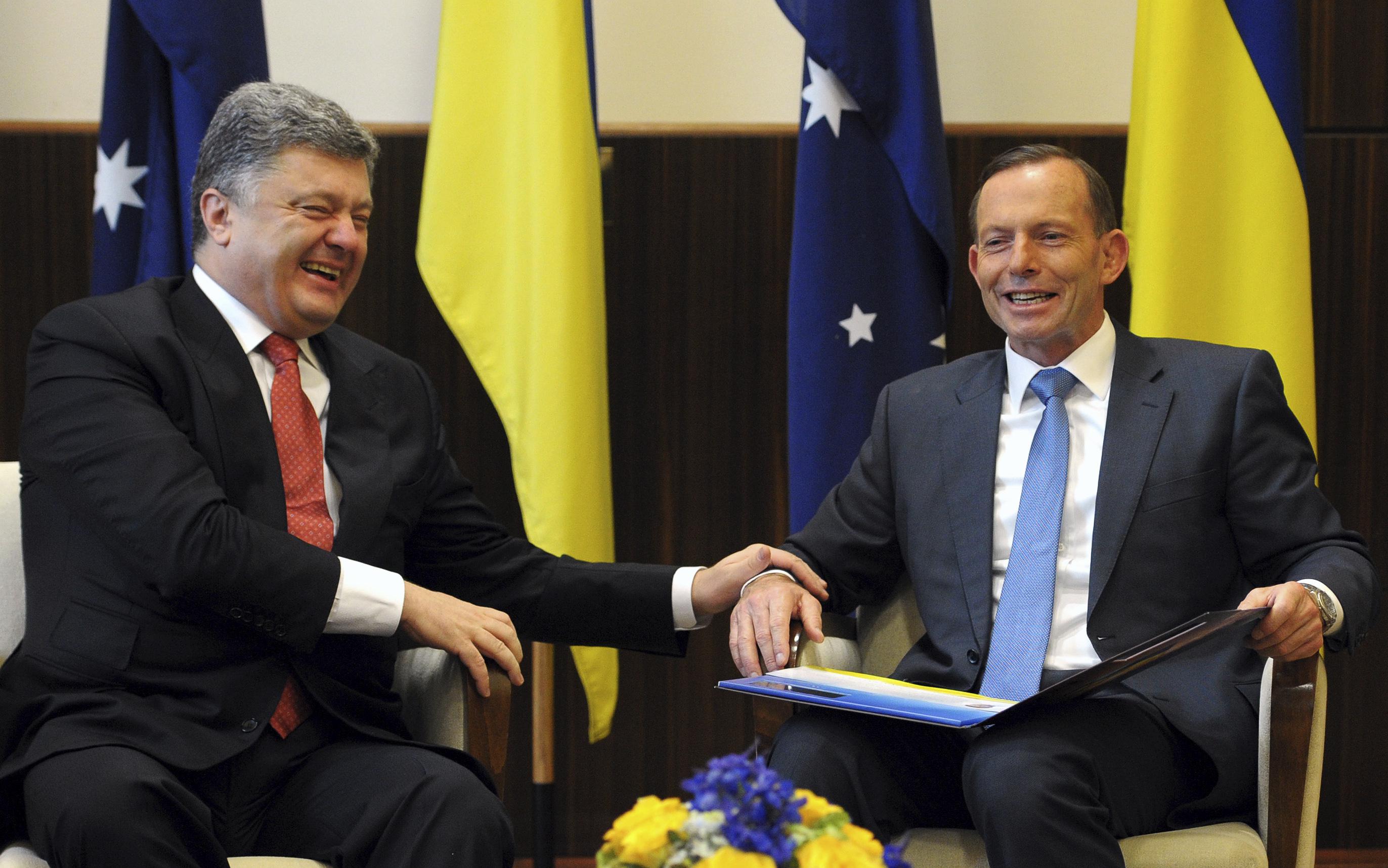Only a few weeks after a major gaffe in which Prime Minister Tony Abbott snubbed Australia’s 18,000-year-old population of indigenous peoples, Abbott has vowed to “sweat blood” to get indigenous peoples recognized in the country’s constitution in a 2017 referendum. The dramatic declaration is in line with his campaign promise to become a “prime minister for Aboriginal affairs“—at least more so than his comment that Australia had been “unsettled” before the arrival of its British colonists. Aboriginal and Torres Strait Islander Australians comprise about 2.5 percent of the country’s population of 24 million people, and have a substantially lower life expectancy and higher unemployment rate than nonindigenous Australians.
Successful changes to the constitution would take the support of a majority of voters in a majority of Australia’s six states. Advocates for the rights of indigenous peoples argue the constitution should formally recognize them as the first inhabitants of Australia and should add provisions making racial discrimination unconstitutional. Several past attempts to gain such recognition have been unsuccessful and reflect a long and often troubled history between the Australian government and its native peoples.
Part of Australia’s constitution originally endowed the parliament with power to make laws with respect to “the people of any race, other than the Aboriginal race in any State, for whom it is deemed necessary to make special laws.” At the 1898 Convention in Melbourne, Sir Edmund Barton, later to become the first prime minister of the newly founded Federation of Australian states, clarified that this clause would allow the government to “regulate the affairs of the people of coloured or inferior races who are in the Commonwealth.” The exception for Aborigines was originally inserted because they were seen as a “dying race” better handled by the states. The phrase was removed during a 1967 referendum on the constitution.
Another contentious section of the constitution remains, though. In Section 25, the constitution gives states the power to bar people from voting based on their race, though it stipulates that people barred from voting for that reason will not be counted for the purposes of that state’s representation. Australian defenders of Section 25 say that it was actually inserted to pressure Western Australia and Queensland to allow full-blooded Aborigines to vote, a right denied them by those states in the 1890s—by decreasing the states’ representation if they didn’t reform voting restrictions. Opponents say that while that may be historically true, the troubling fact remains that the section still technically allows states to bar people from voting on the basis of race.
Australia was one of only four countries (the U.S. was another) to vote against the Declaration on the Rights of Indigenous Peoples at the U.N. General Assembly back in 2007, though the Australian government formally endorsed the Declaration two years later.
